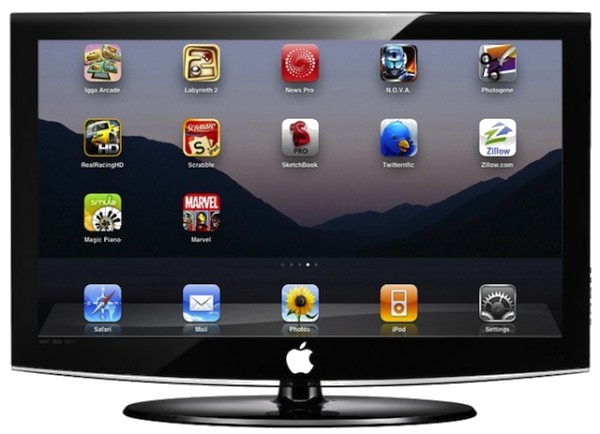Summary: If Apple decides it’s a design company, it risks not being about to launch game-changing products. Apple should be a product company, and navigating the balance between engineering and design is the company’s secret sauce.
Neil Cybart from Above Avalon’s post on defining Apple as a design company got me thinking about the natural (and healthy!) tension that exists between design and engineering, what it means for Apple, and how that manifests itself in all tech organizations.
No matter the size company you work for, if there is a design team and an engineering team, understanding this dynamic is key.
Engineers focus on what’s achievable (and how), designers focus on what’s ideal, and a great product lies somewhere in between the two. Getting to that “somewhere” is where technology (engineering) and the liberal arts (design) meet.
Apple Today
I don’t think that Apple is a design company — calling Apple a design company doesn’t do the engineering team justice, and vice versa for calling Apple a technology company.
Apple is a product company. The product is where engineering and design meet, and Apple is world class in both. It’s succeeded because of its ability to manage this natural tension.
How? By having respected, opinionated, and visionary leadership that has the authority to make key product decisions. For many years, it was clear who had that voice at Apple.

Apple’s industrial design team shouldn’t have the final say on product, nor should engineering. They should constructively clash, and the final decision should be made by someone objectively removed from both departments. In Apple’s case that’s Tim Cook and his “inner circle” (Jeff Williams, Eddy Cue, Phil Schiller).
There are risks to having this structure in a product driven company. First, if the engineering or design orgs don’t fully buy in or respect the decision of that group, that will erode the culture. It also could result in decisions-by-committee, which can lead to numerous compromises since each member has their own point of view.
But the biggest risk is that products don’t get launched (more on that below).
This new inner-circle decision making structure is a dynamic that I think Apple is still adjusting to.
Too Much Design
Is it possible to focus too much on design? I think so, and if you do, the risk is that you never launch anything because what you’re aiming for simply is not achievable.
The reason a company aims for something not achievable might be because engineering isn’t as involved as they should be during the early stages of product definition.
The process of how you define what a product will be is key to shipping something you can be proud of.
I’m sure that the design studio at Apple creates lots of prototypes that never make it past prototype stage. The question is for the ones that do get the green light to move on — how successful is Apple in turning prototypes into successful products?
There Won’t Be Another iPhone, But…
The lack of a groundbreaking new product has been a familiar refrain from Apple critics.
Judging the success of the Apple Watch depends on what you compare it to. Personally I think Apple can call it a success, given that it’s introduced the concept of smart wearables deeper into culture than any previous product.
But there are numerous signs of trouble at Project Titan, Apple’s car initiative. Apple also reportedly wanted to ship a TV set and invested significant resources to do so, but that didn’t work out.

Designing a car or a TV set, while a challenge, might just be the tip of the iceberg.
If Apple is now considering itself a design company, I wouldn’t take that as a good sign — trying and failing to build beautifully designed products is not an efficient way to run a business.
What if You’re Not Apple?
Any great CEO, Product Manager, or other role focused on launching products should excel at navigating this balance between engineering and design.
It’s important to empathize with both teams, while ultimately keeping the customer or user in mind. Doing so takes listening, learning, making your opinion known, and building respect from all teams.
In technology, and specifically software, where your competitor is oftentimes just a click (or tap) away, having a superior product is key to building a long term business.

